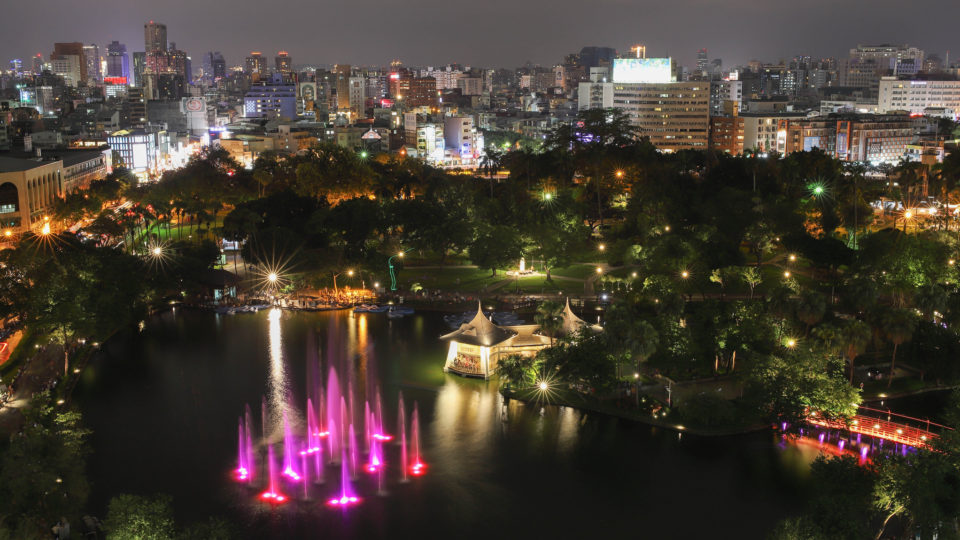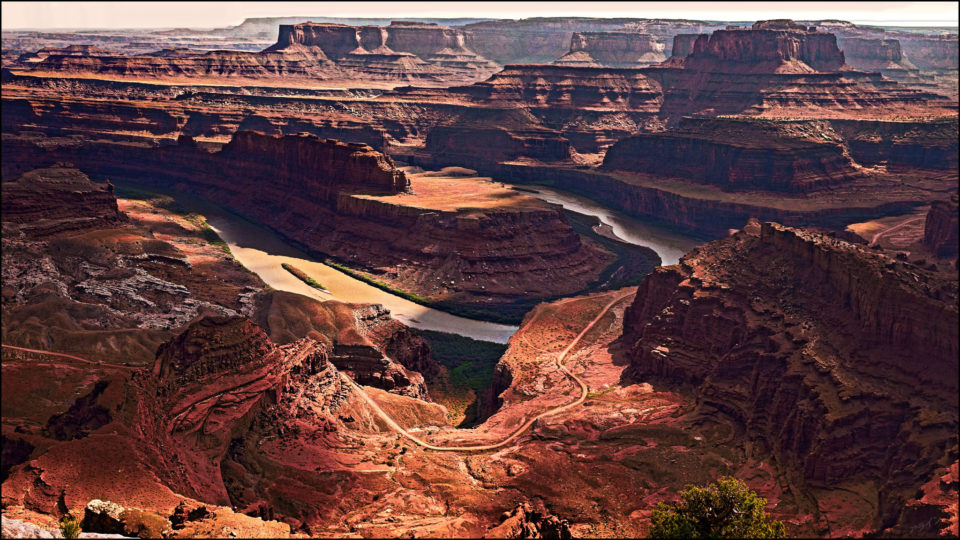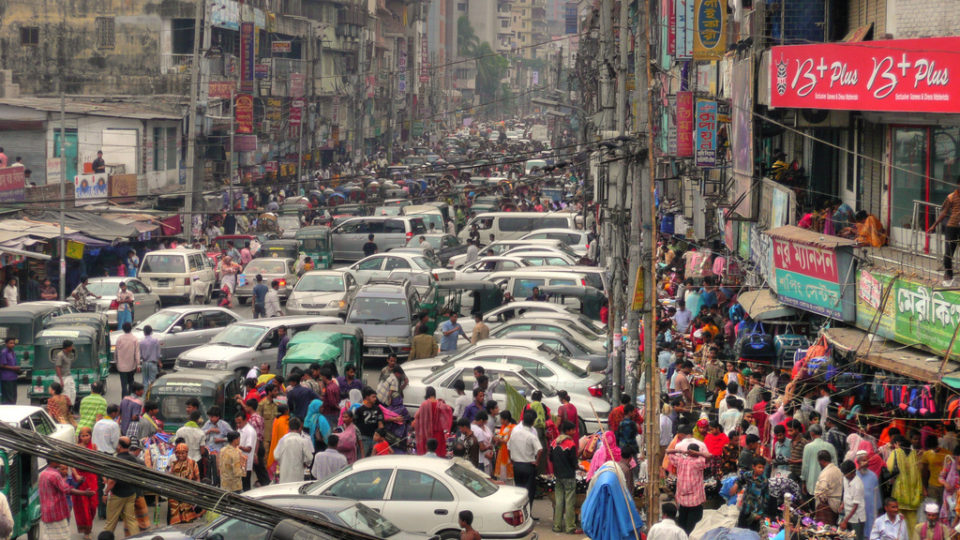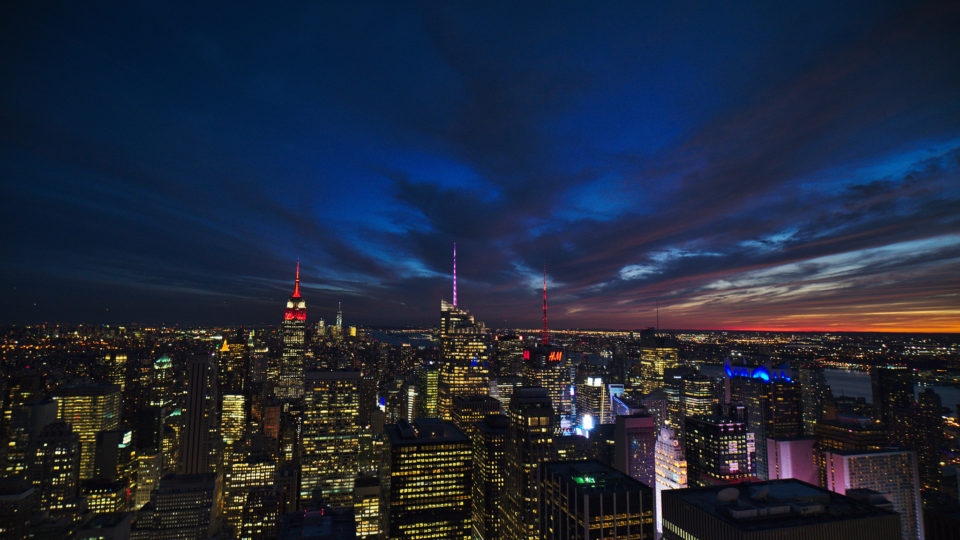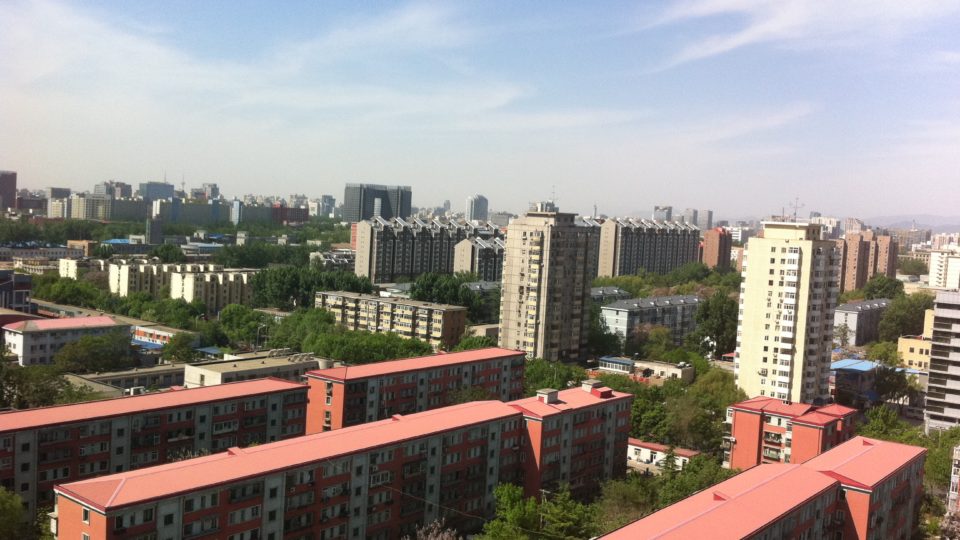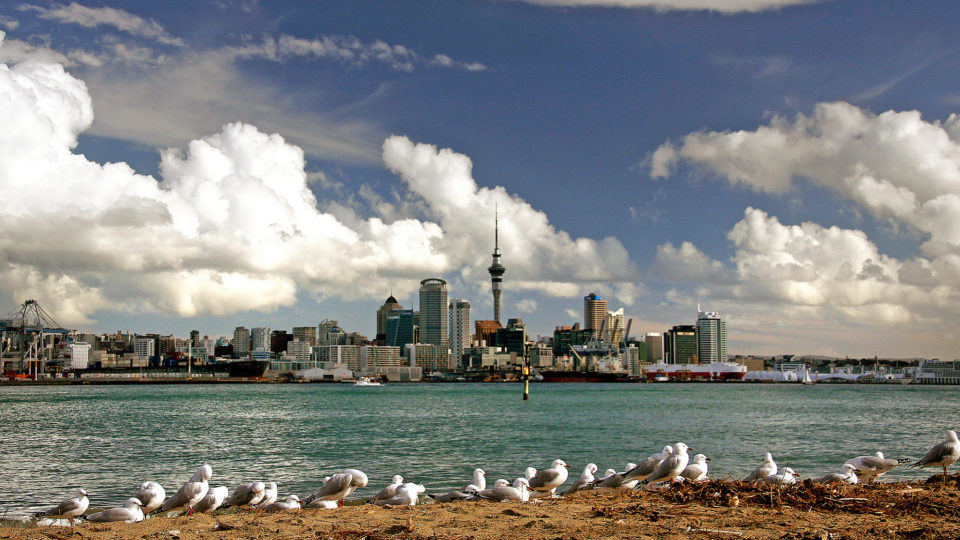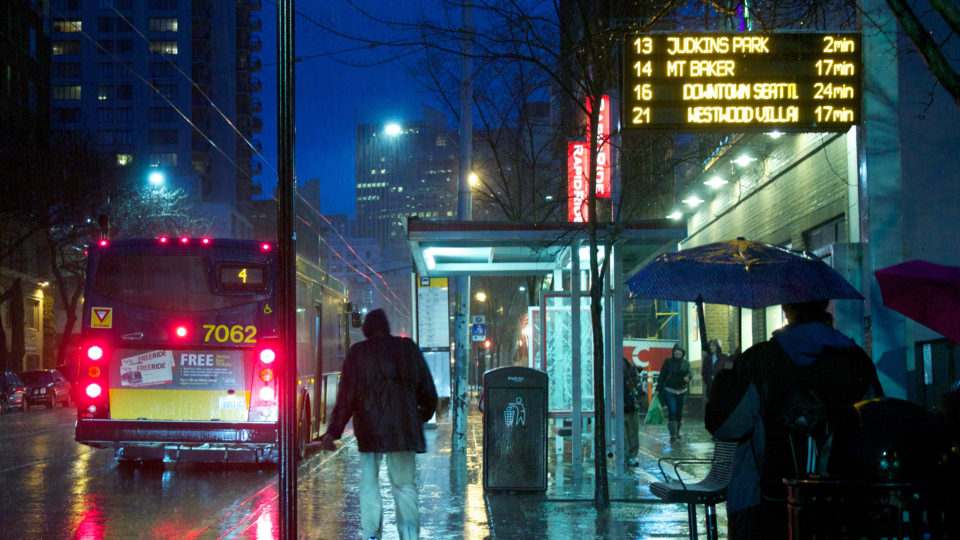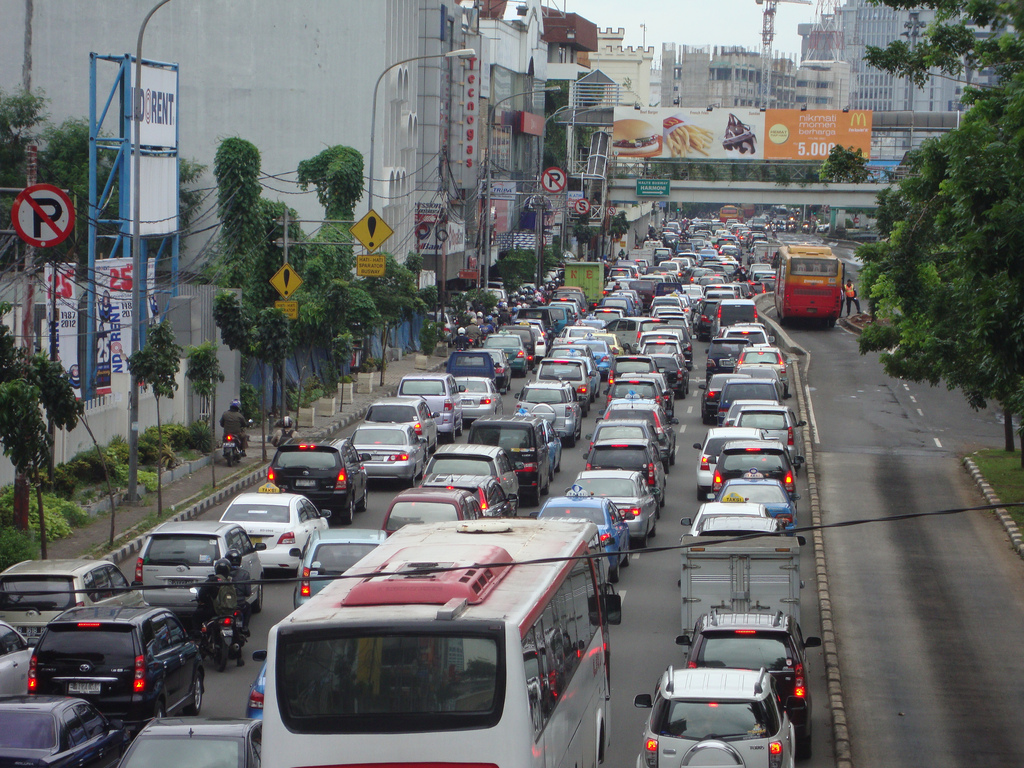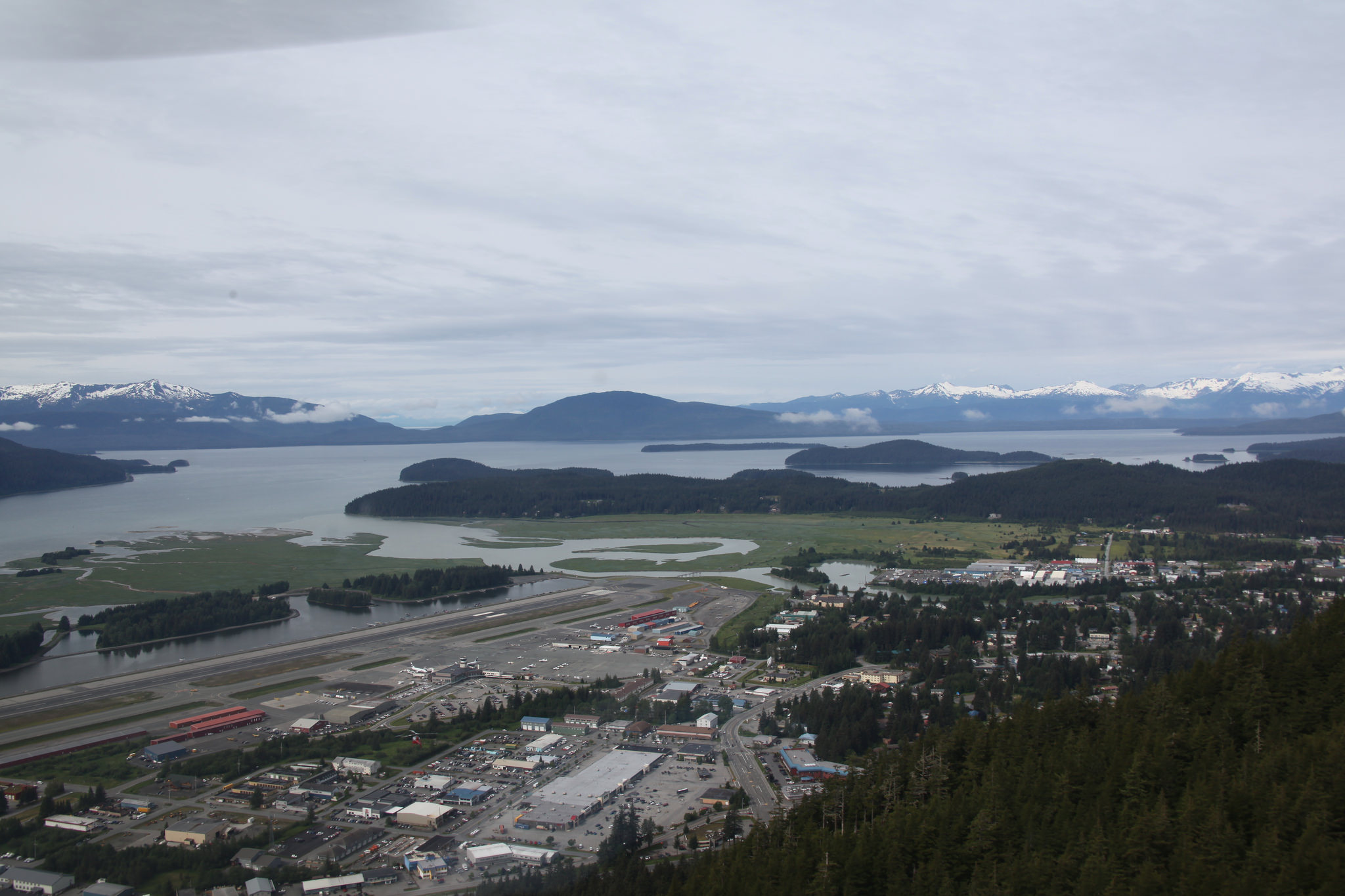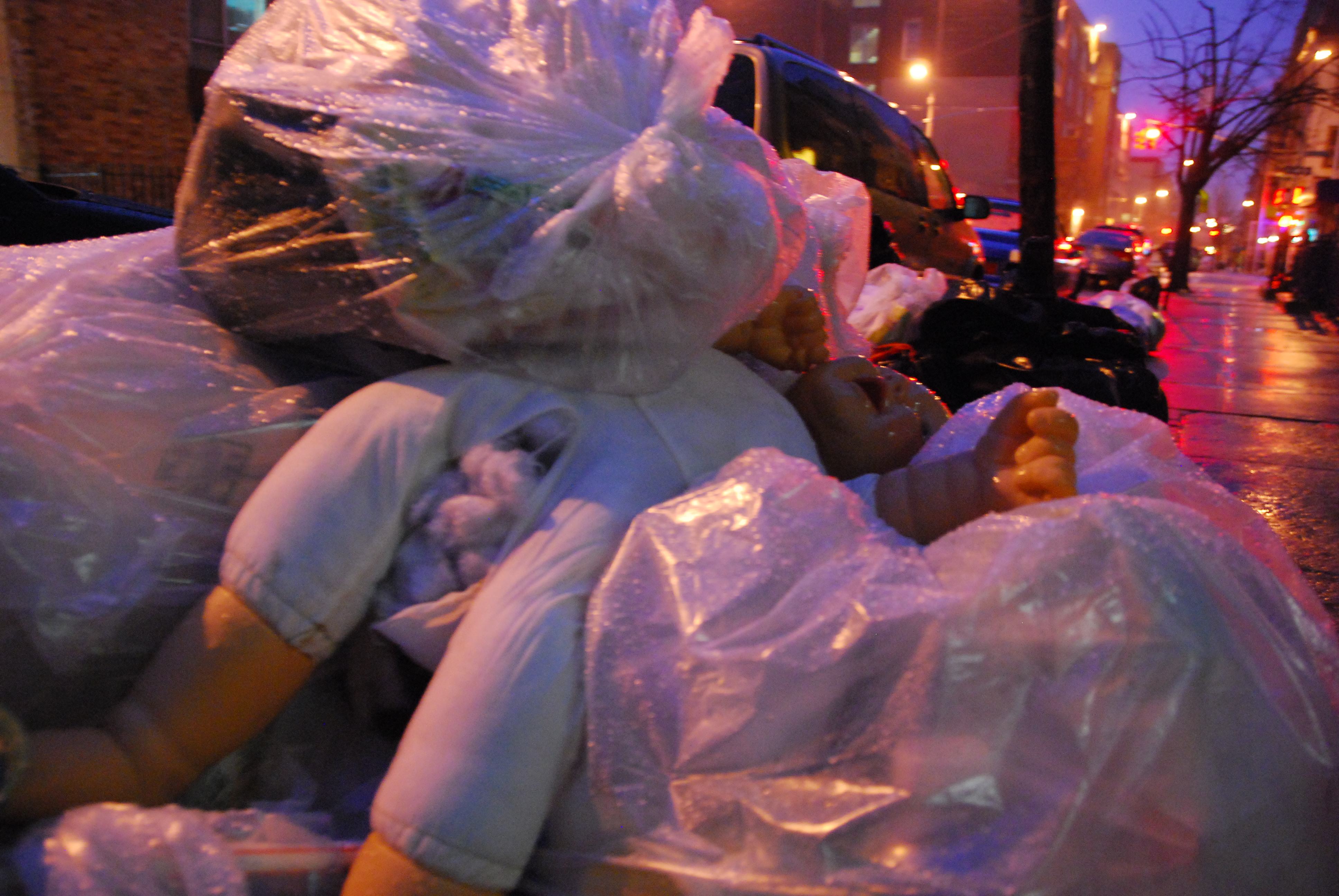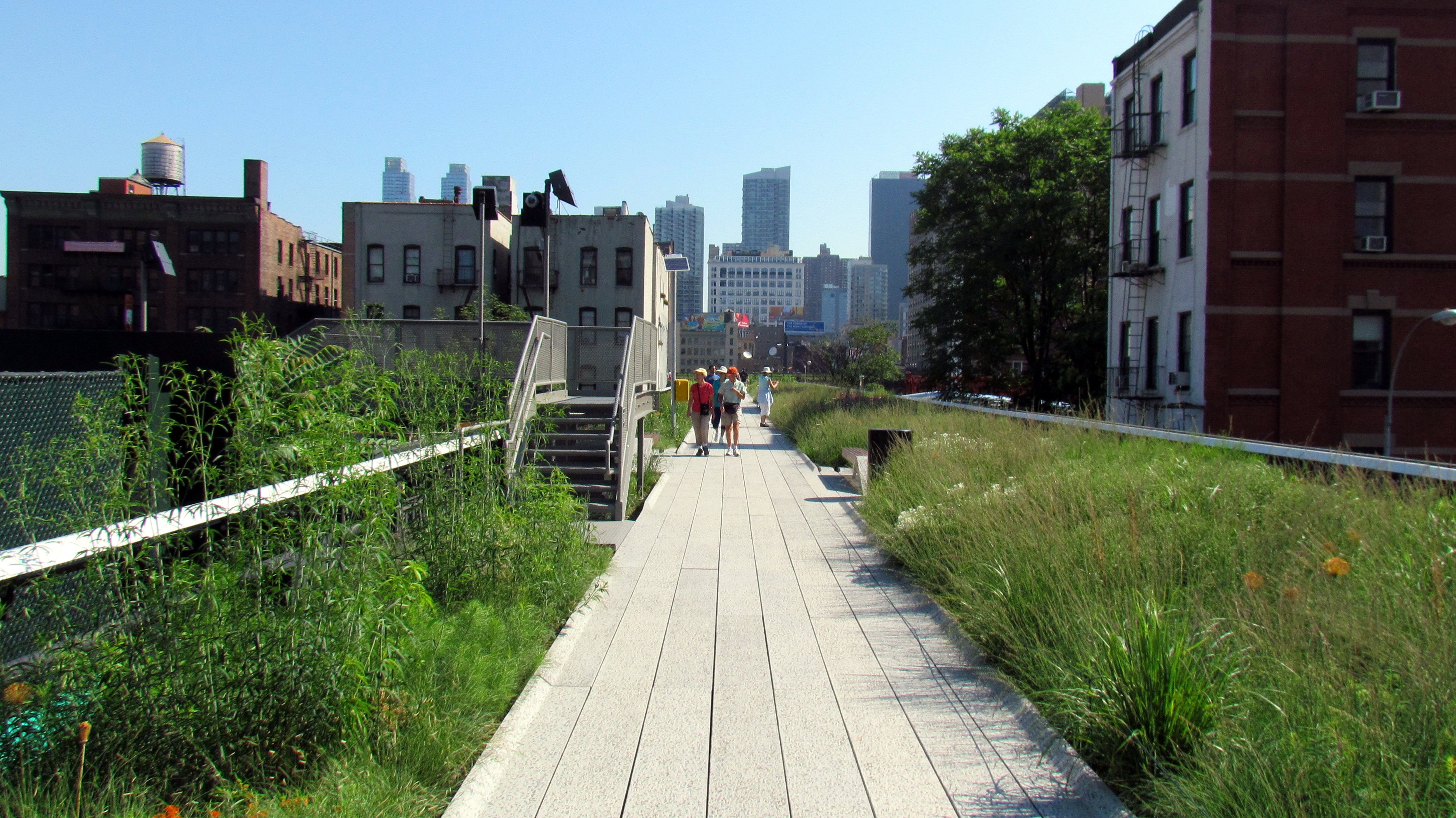cities
Dirty Air In The National Parks
Our national parks are supposed to be places that allow us to commune with nature. They offer incredible vistas and amazing sights. As a result, millions of Americans and visitors from around the world are drawn to these places – too many millions, in fact.
Traffic Air Pollution And Health
There are frequent stories in the news about the terrible air pollution problems in major Chinese and Indian cities. With pollutant levels far in excess of any recommended safety thresholds, the air in these places represents a health crisis.
City Geometry And Urban Heat Islands
More than half of the world’s people now live in cities so understanding climate issues in cities is crucial. One of the most important city climate effects which has a profound impact on both human health and energy consumption is the Urban Heat Island Effect.
Cooling Cities With White Roofs
The phenomenon of urban heat islands has been well known since the 19th century. The materials from which city buildings and roads are made reflect much less solar radiation and absorb more of it than the vegetation they have replaced. The absorbed energy is then radiated in the form of heat into the surrounding air making cities warmer.
The Chinese War On Pollution
For years, China has been struggling with some of the worst air pollution in the world. According to the European Union, only 1% of the country’s half a billion city dwellers were considered safe because almost all of its major cities were covered with what was described as a toxic grey cloud.
Renewable Powered Cities
Cities are responsible for 70% of the world’s energy-related CO2 emissions and it appears that they are taking responsibility for reducing them. Over 7,000 mayors around the world have signed up to the Global Covenant of Mayors for Climate and Energy, thereby pledging to act on climate change.
Making Room For Wildlife
Protecting biodiversity is a critical challenge facing humanity. Global vertebrate populations – from elephants to amphibians – declined by 58% from 1970 to 2012 and losses are expected to reach 67% in the next two years. Think about it: at least two-thirds of all vertebrate animals on earth have vanished over the lifetime of anyone fifty years old or over.
Trends Influencing Our Cities
The Environmental Protection Agency removed its information hub about climate change last year. In response, 17 cities reposted the information on their own city government sites. This is indicative of the fact that cities are increasingly taking on a leadership role in environmental, social and economic change.
Floating Cities
A familiar theme in science fiction is the idea of floating cities – independent, self-sustaining nation-states at sea where start-up societies work to redesign society and government and don’t have to fight over who owns the land. The concept even has a name: seasteading.
Safer Places For Bus Riders
Taking the bus in crowded cities is a good way to reduce overall traffic, save money on gas, and do a good turn for the environment. Unfortunately, bus riders often are exposed to large amounts of pollution in the process.
Cities Can Help Bees
Global bee populations have been drastically declining as a result of habitat loss, pesticides and climate change. But studies are showing that planting flower patches in urban gardens and green spaces can make a real difference in restoring natural pollinators. There are already positive results in cities from Chicago to London to Melbourne.
Solving Terrible Traffic
Terrible traffic in cities around the world is a real blight on urban life. Increasingly, there are many cities where you simply don’t want to have to go anywhere by car during morning and evening rush hours.
Clean Energy In Massachusetts
Despite efforts by the new administration to increase support for fossil fuels, there is increasing momentum towards a clean-energy future. State and local efforts are driving the country to a 21st-century energy infrastructure, with or without the federal government.
American Cities Fighting Climate Change
The federal government now appears to be headed down the path of not honoring America’s commitments to tackle global warming, but many of the country’s cities and states as well as its corporations have no intention of breaking our promises to the world.
Alaska’s Threatened Communities
Because of its Arctic location, Alaska is warming about twice as fast as the rest of the United States. The past year has been the warmest on record. The forces of erosion and increasingly powerful storms have resulted in the imminent risk of destruction for at least 31 Alaskan towns and cities. Many are predicted to become uninhabitable over the next few decades. Residents of these places are likely to join the growing flow of climate refugees around the globe.
Too Much Waste
As the world’s population grows and becomes more urban and affluent, the amount of solid waste we produce grows and grows. Over the past century, the total amount has risen tenfold. By 2025, the world-wide total is expected to double again. The average person in the United States throws away their body weight in garbage every month.
Wildlife Adapting To Cities
By the year 2030, two-thirds of humanity will live in cities— but we are not alone. Cities are filled with food and natural predators are scarce, so many creatures have moved in with us.
Ecology And Designing Future Cities
When most people hear the word ‘ecology’ – chances are it conjures up images of scientists working in distant, wild landscapes, such as old growth forests or remote mountain lakes. Increasingly, however, ecological studies are focused on urban and suburban areas.
Planning Cooler Cities
Anyone who has walked the streets of New York City or Washington, D.C. on a stifling summer day can attest to the fact that cities feel hotter. It’s not a matter of perception.
